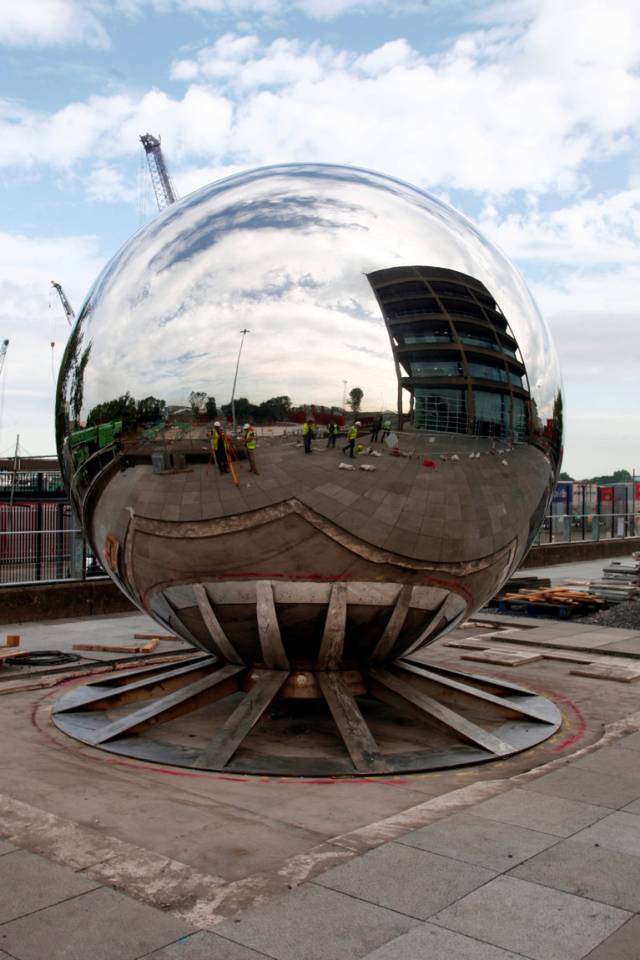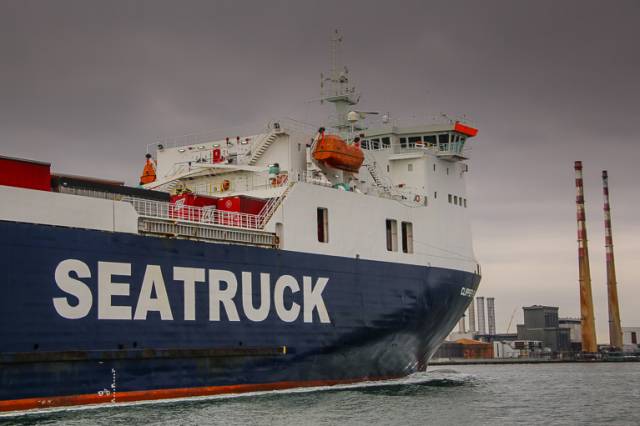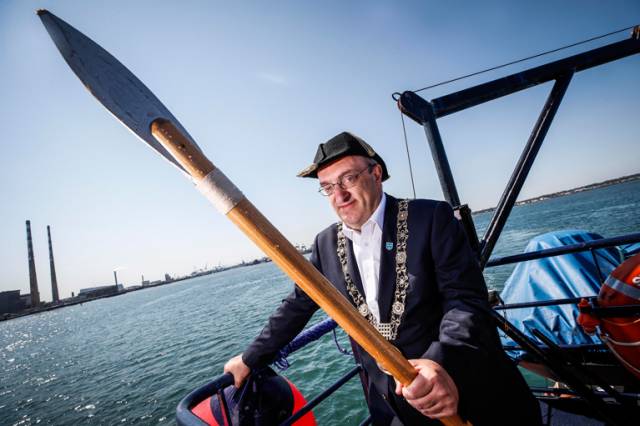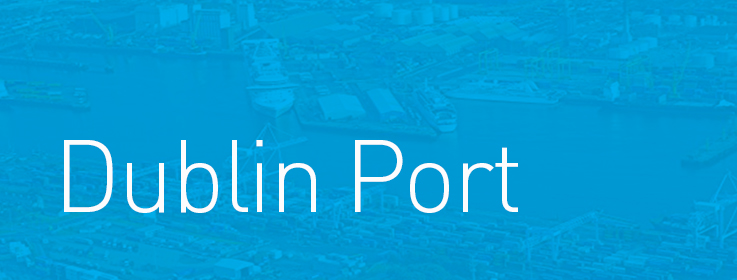Irish Film Institute to Screen Films from Dublin Port's Perspectives port | river | city Project
21st September 2017 Dublin PortTransit Gateway: Mapping Phase 8: Dublin Port from 1965 to 1986 / Transition
20th September 2017 Dublin PortThat's The 'Spirit' As Dublin Is Discovered by Boat - So Who Are Top Five Visiting Nationalities
14th September 2017 Dublin PortOpen House Dublin Takes to the Water With Boat Tours of Capital's Port
13th September 2017 Dublin PortTransit Gateway Mapping Phase 7: Dublin Port from 1947 to 1964 / Reconstruction
26th August 2017 Dublin Port



Works from Dublin Port Communities to Exhibit at Dublin City Gallery The Hugh Lane
4th July 2017 Dublin PortSeized Cigarette Cargoship Detained in Dublin Port For Three Years to Be Finally Disposed
27th June 2017 Dublin PortTransit Gateway: Mapping Phase 5: Dublin Port 1898-1929 / Turbulent Times
17th June 2017 Dublin Port






























































